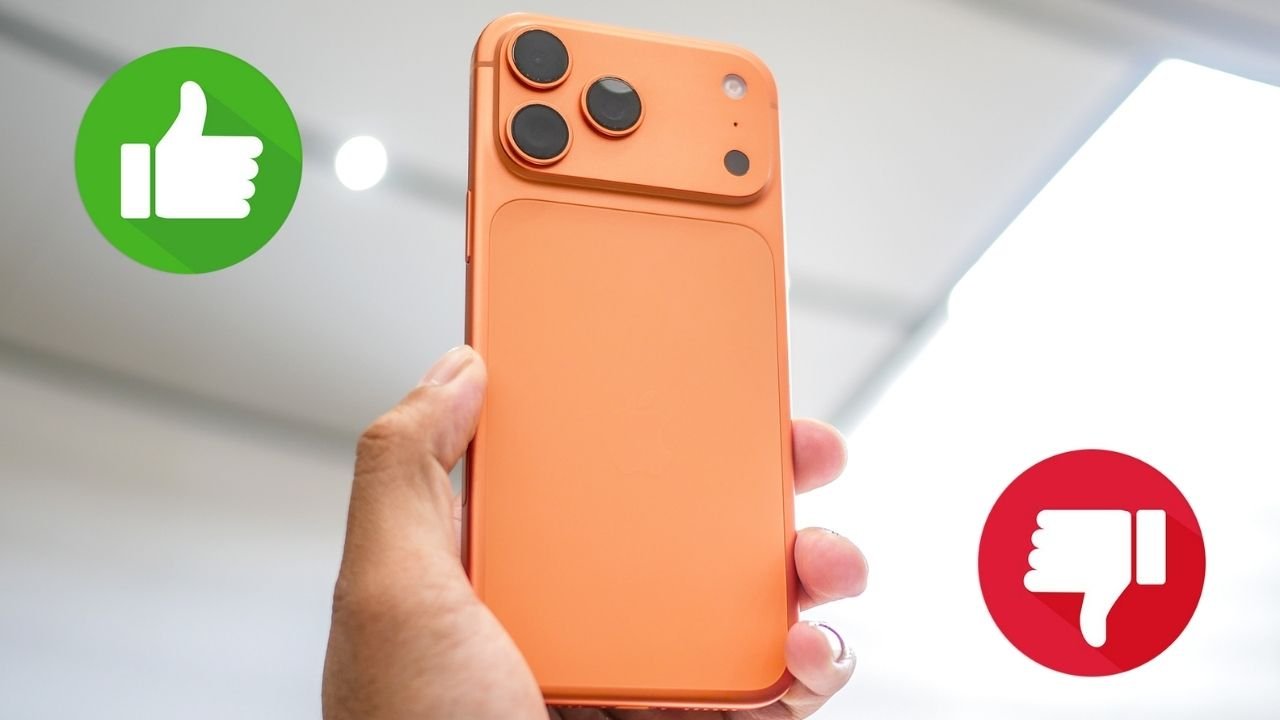Apple’s iPhone 17 series, unveiled on September 9, 2025, is shaking up how we connect to mobile networks. The lineup—iPhone 17, iPhone 17 Pro, iPhone 17 Pro Max, and the sleek iPhone Air—is pushing eSIM technology to new heights.
While the ultra-thin iPhone Air is eSIM-only worldwide, the other models drop physical SIM slots in select countries. Curious if your region is affected? Let’s dive into the details of Apple’s eSIM-only strategy, which countries are impacted, and what it means for you.
What Are eSIMs and Why Is Apple Going All-In?
An eSIM, or embedded SIM, is a digital SIM card built into your phone. Unlike physical SIMs, it lets you activate a carrier plan without swapping cards. Apple’s been championing eSIMs for years, citing benefits like easier carrier switching, enhanced security (no removable SIM to lose), and space savings for sleeker designs. With the iPhone 17 series, Apple’s doubling down, especially for the 5.64mm-thin iPhone Air, where every millimeter counts.
Which Countries Get eSIM-Only iPhone 17 Models?
The iPhone 17, 17 Pro, and 17 Pro Max are eSIM-only in 12 countries, meaning no physical SIM slot is available. Here’s the full list:
| Country/Region |
|---|
| Bahrain |
| Canada |
| Guam |
| Japan |
| Kuwait |
| Mexico |
| Oman |
| Qatar |
| Saudi Arabia |
| United Arab Emirates |
| United States |
| U.S. Virgin Islands |
In these regions, buyers must use eSIMs to connect to networks. The iPhone Air, however, is eSIM-only everywhere, including markets like China, where eSIM adoption is still growing.
Where Are Physical SIMs Still Available?
Outside the 12 eSIM-only countries, Apple offers flexibility. In regions like Europe, Australia, New Zealand, Singapore, and South Korea, the iPhone 17, 17 Pro, and 17 Pro Max support both nano SIM and eSIM. This dual setup is great for users who prefer physical SIMs or need to swap cards while traveling. In China, however, the iPhone 17 series (except the Air) sticks to nano SIMs only, reflecting local market preferences and regulations.
Why Is Apple Ditching Physical SIMs?
Apple’s shift to eSIMs is driven by design and efficiency. Removing the SIM tray frees up internal space, allowing for larger batteries or slimmer profiles, like the iPhone Air’s 5.64mm thickness. For example, eSIM-only iPhone 17 Pro and Pro Max models offer up to 39 hours of video playback—two hours more than their nano SIM counterparts, thanks to bigger batteries. Apple also touts eSIMs as more secure, since they can’t be removed from a lost or stolen phone, and they support up to eight eSIM profiles for seamless carrier switching.
Challenges of Going eSIM-Only
While eSIMs are convenient, they’re not perfect. In eSIM-only countries, travelers who rely on swapping physical SIMs may face issues, especially in regions with spotty eSIM support. You’ll need to ensure your carrier supports eSIM before buying, and international travelers might need to purchase eSIM plans online. For those in dual-SIM markets, the flexibility of using both nano SIM and eSIM is a big plus, but dual physical SIMs aren’t an option.
How This Affects You
If you’re in one of the 12 eSIM-only countries, prepare to embrace digital SIMs. Check with your carrier to confirm eSIM compatibility. In other regions, you can choose between nano SIM and eSIM, offering more flexibility. As Apple expands its eSIM-only footprint, expect more countries to join the list in future iPhone releases, signaling a broader industry shift away from physical SIMs.
Key Benefits of eSIMs in the iPhone 17 Series
- Space-Saving Design: No SIM tray means room for larger batteries or thinner phones.
- Enhanced Security: eSIMs can’t be removed, reducing risks if your phone is lost.
- Carrier Flexibility: Store up to eight eSIM profiles and switch carriers easily.
- Travel-Friendly: Buy eSIM plans online for seamless connectivity abroad.
What’s Next for eSIM Adoption?
Apple’s move is a bold step toward a future without physical SIMs. As carriers worldwide improve eSIM infrastructure, other manufacturers may follow suit. The iPhone 17 series’ global rollout, starting September 19, 2025, with pre-orders from September 12, will test how ready consumers are for this shift. With the iPhone Air leading as Apple’s first fully eSIM-only device, the trend is clear: physical SIMs may soon be history.
FAQs About iPhone 17 Series eSIM-Only Models
Which countries have eSIM-only iPhone 17 models?
The iPhone 17, 17 Pro, and 17 Pro Max are eSIM-only in Bahrain, Canada, Guam, Japan, Kuwait, Mexico, Oman, Qatar, Saudi Arabia, UAE, the US, and the US Virgin Islands.
Is the iPhone Air eSIM-only everywhere?
Yes, the iPhone Air is eSIM-only worldwide, including in China, due to its ultra-thin design.
Can I use a physical SIM in India’s iPhone 17 models?
Yes, in India, the iPhone 17, 17 Pro, and 17 Pro Max support both nano SIM and eSIM, but the iPhone Air is eSIM-only.
Why is Apple switching to eSIMs?
Apple is adopting eSIMs to save space for slimmer designs and larger batteries, improve security, and simplify carrier switching.
What if my carrier doesn’t support eSIM?
Check with your carrier before buying an eSIM-only iPhone. In dual-SIM regions, you can still use a nano SIM as a fallback.



